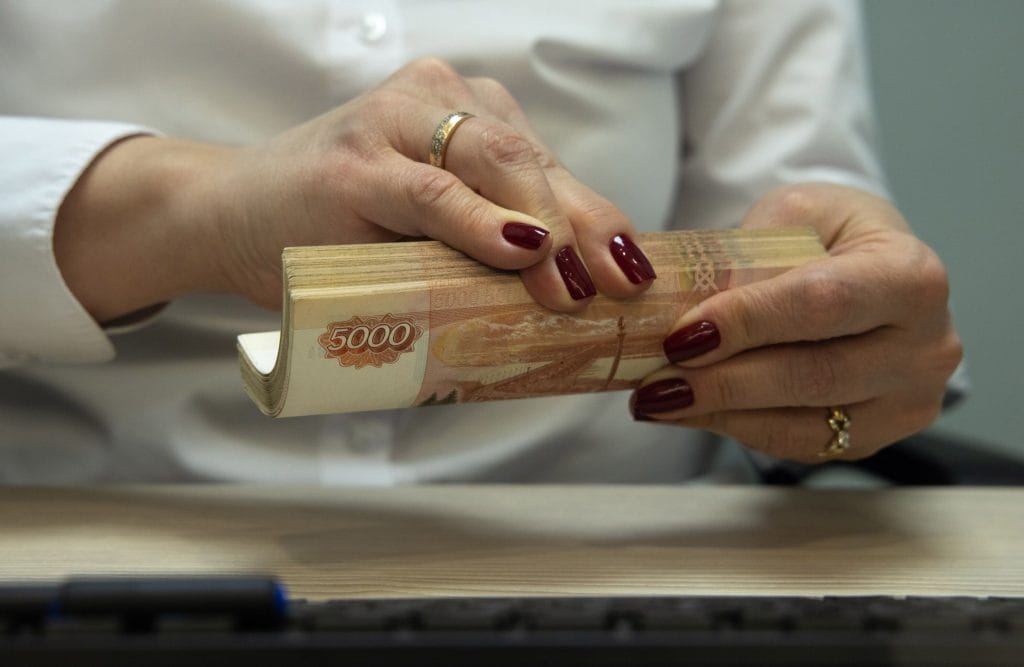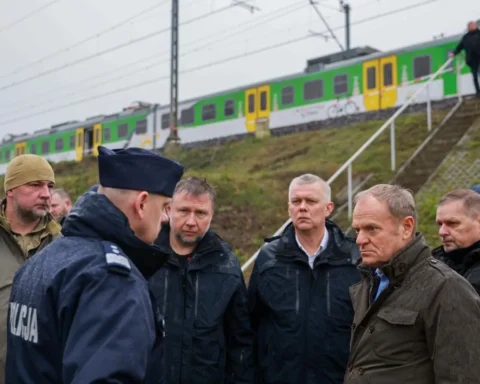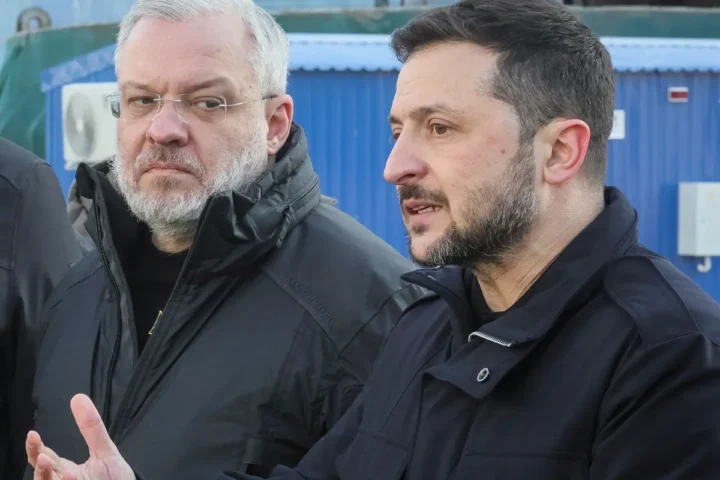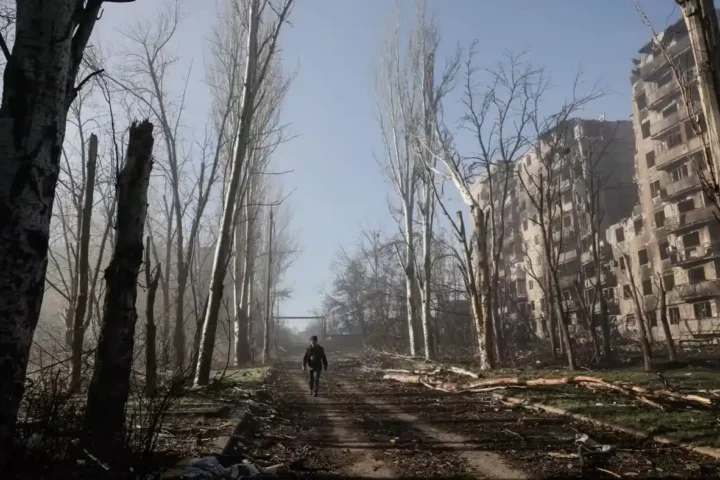As Russia’s foreign trade increasingly shifts to ruble settlements, the inflow of foreign currency into the country is steadily drying up. This is a direct consequence of Western sanctions aimed at limiting Russia’s access to the global financial system. According to Bloomberg, the transformation is systemic, affecting both exports and imports.
The Ruble Becomes the Primary Currency for Trade
According to Russia’s Central Bank, more than half of all export contracts are now paid for in rubles. This marks a significant change from previous years, when the majority of export revenues were in dollars or euros. Even “friendly” currencies like the Chinese yuan are losing ground — their share has fallen to one-third of all trade settlements, down from nearly 50% a year ago.
Imports are also increasingly being paid for in rubles. While previously almost all shipments were paid in foreign currencies, the Central Bank’s data now shows that only 45% of imports are settled this way — the rest are paid in rubles.
According to Stanislav Murashov, economist at Raiffeisenbank in Moscow, the main objective of switching to ruble-based trade is to minimize risk:
“The main goal of switching trade to rubles was to avoid frozen or delayed payments. It’s about mitigating sanctions risk and keeping payments flowing.”
Sanctions Push Businesses Toward Alternatives
After the sweeping sanctions of 2022, Russia began actively using the Chinese yuan for settlements to compensate for the loss of access to dollar and euro transactions. However, as Bloomberg notes, since mid-2024 — following the U.S. introduction of secondary sanctions targeting banks working with Russian clients — even yuan-based trade has lost momentum.
Russia’s Central Bank, which previously tracked yuan turnover in the banking system in detail, has since stopped publishing this data. The Moscow Exchange — where the yuan remains the only actively traded foreign currency — also stopped disclosing trading volumes. According to Kommersant newspaper, yuan trading volumes hit a two-year low in May and remained weak in June.
Declining Export Revenues and FX Sales
The shift to ruble settlements has been accompanied by a decline in foreign currency sales by exporters. Even though some companies still convert up to 100% of their export revenues, the overall volume of FX sales on the domestic market has dropped to its lowest level since early 2023, according to the Central Bank.
Corporate demand for foreign currency has also declined — roughly halving compared to last year’s average monthly levels. Murashov believes one of the reasons may be the growing use of rubles for import payments.
An Invisible Architecture of Transactions
As banks — even in friendly countries — increasingly avoid direct dealings with Russian entities due to fears of secondary sanctions, businesses are turning to alternative settlement schemes, many of which are nearly impossible to track.
According to analysts at the Center for Analysis and Strategies in Europe (CASE), the most sanctions-resilient model is based on “mirror” ruble and yuan accounts. The mechanism works like this: a Chinese importer pays in rubles from a ruble account in a Chinese bank, while a Russian exporter makes a corresponding payment to a Chinese seller. Currency conversion occurs internally through mirror yuan accounts, with no cross-border transfer — thus keeping the transaction under the radar of regulators. CASE reports that most trade with China now uses this approach.
In regions where such mirror structures are not feasible, intermediaries step in. These are specialized firms with legal entities in multiple countries. They receive rubles from Russian clients and pay exporters — also in rubles — while handling the foreign exchange leg outside Russia.
A System That Is Both Robust and Opaque
According to CASE experts, this alternative payment infrastructure has demonstrated a high level of adaptability to Western regulatory pressure:
“It’s becoming increasingly robust — and less transparent,” the researchers note.
But this transformation also comes with side effects. The ruble has unexpectedly strengthened, and together with falling global commodity prices, this has hit Russia’s budget revenues. Meanwhile, the use of intermediaries adds extra transaction costs for businesses.
Russia is rapidly building a parallel financial system with less room for the dollar, the euro — and even the yuan in its conventional form. Ruble settlements are becoming the new norm, while the financial architecture is growing more closed, flexible, and opaque. For Russia’s economy, this is both a defense against sanctions and a signal of its increasing detachment from the global financial mainstream. According to Bloomberg, these structural changes are reshaping the country’s budget composition, its currency market, and the future of its international trade relations.
This article was prepared based on materials published by Bloomberg. The author does not claim authorship of the original text but presents their interpretation of the content for informational purposes.
The original article can be found at the following link: Bloomberg.
All rights to the original text belong to Bloomberg.


















